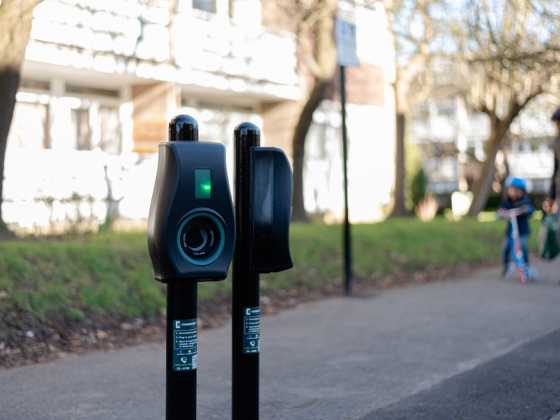Ford expands fusion hybrid fleet
Ford is expected to significantly increase its fleet of fusion hybrid research vehicles, creating the largest autonomous fleet in the automotive industry.
Over the course of 2016, 20 new autonomous Fusion Hybrids will be added to Ford’s research fleet spread out across its testing bases in California, Arizona and Michigan.
The company has progressed from the research phase of its project to advanced development and engineering work which will allow the cars to be able to drive themselves without the intervention of a driver.
The vehicles will be fitted with a new piece of equipment called a Velodyne’s Solid-State Hybrid Ultra Puck Auto, which features a long-range high-definition LiDAR sensor to scan the surroundings using lasers to gather real-time data on the car’s environment.
The pulsing lasers are activated millions of times per seconds at a range of 200 metres which creates a highly accurate 3D image of the surrounding area allowing the car to navigate through the space.
Jim McBride, Ford technical leader for autonomous vehicles, said: "Adding the latest generation of computers and sensors, including the smaller and more affordable Solid-State Hybrid Ultra PUCK Auto sensors, helps bring Ford ever closer to having a fully autonomous vehicle ready for production. The vehicle's hardware systems, which interact continuously with the virtual driver, are equally important. Third-generation autonomous Fusion Hybrid sedans will have supplemental features and duplicate wiring for power, steering and brakes. These supplemental features will act as backups, if needed.”
Raj Nair, Ford executive vice president - Global Product Development - and chief technical officer, said: "Using the most advanced technology and expanding our test fleet are clear signs of our commitment to make autonomous vehicles available for millions of people. With more autonomous vehicles on the road, we are accelerating the development of software algorithms that serve to make our vehicles even smarter."



